The Colosseum, ancient Rome’s great stadium, is history at its most horrible. It’s easy to imagine the roar of the bloodthirsty crowd as gladiators, Christians and wild beasts fought to the death. Children’s picture books on sale here show the spectacles that took place and help bring the ruined arena to life.
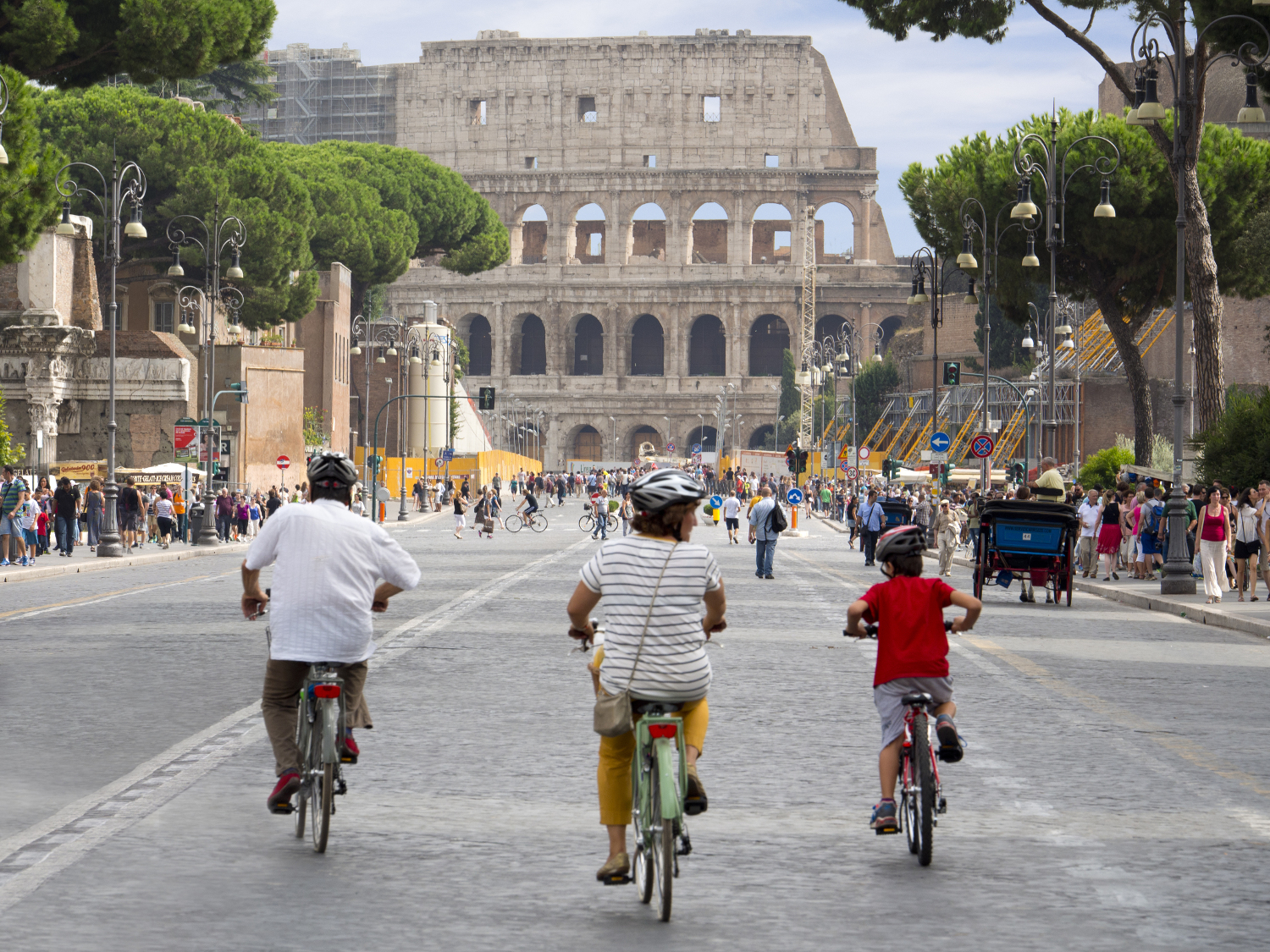
A stone’s throw from the Colosseum is the Palatine Hill, a breath of fresh air in the city centre, and home to the ruins of Roman emperors' palaces. With its hulking walls, huge umbrella pines and gardens it’s a wonderfully mysterious place to explore, and great for picnics.
Everyone looks to the heavens in awe as they enter the Pantheon, an ancient Roman temple that seems almost miraculously well-preserved. All ages are fascinated by the hole in the enormous domed roof – when it rains, a column of water falls into the centre of the building and drains away through holes in the floor.
One of the best ways to enjoy a Roman afternoon is to take your kids to the rolling parkland of Villa Borghese, once the grandiose gardens of the Borghese family, just to the north of the centre. You can explore the park on hired bikes or four-person electric pedal vehicles, or go boating on the lake. The park also houses Rome’s 18-hectare zoo, Bioparco, which is a good choice for younger kids if they’re suffering from ancient-Rome fatigue.
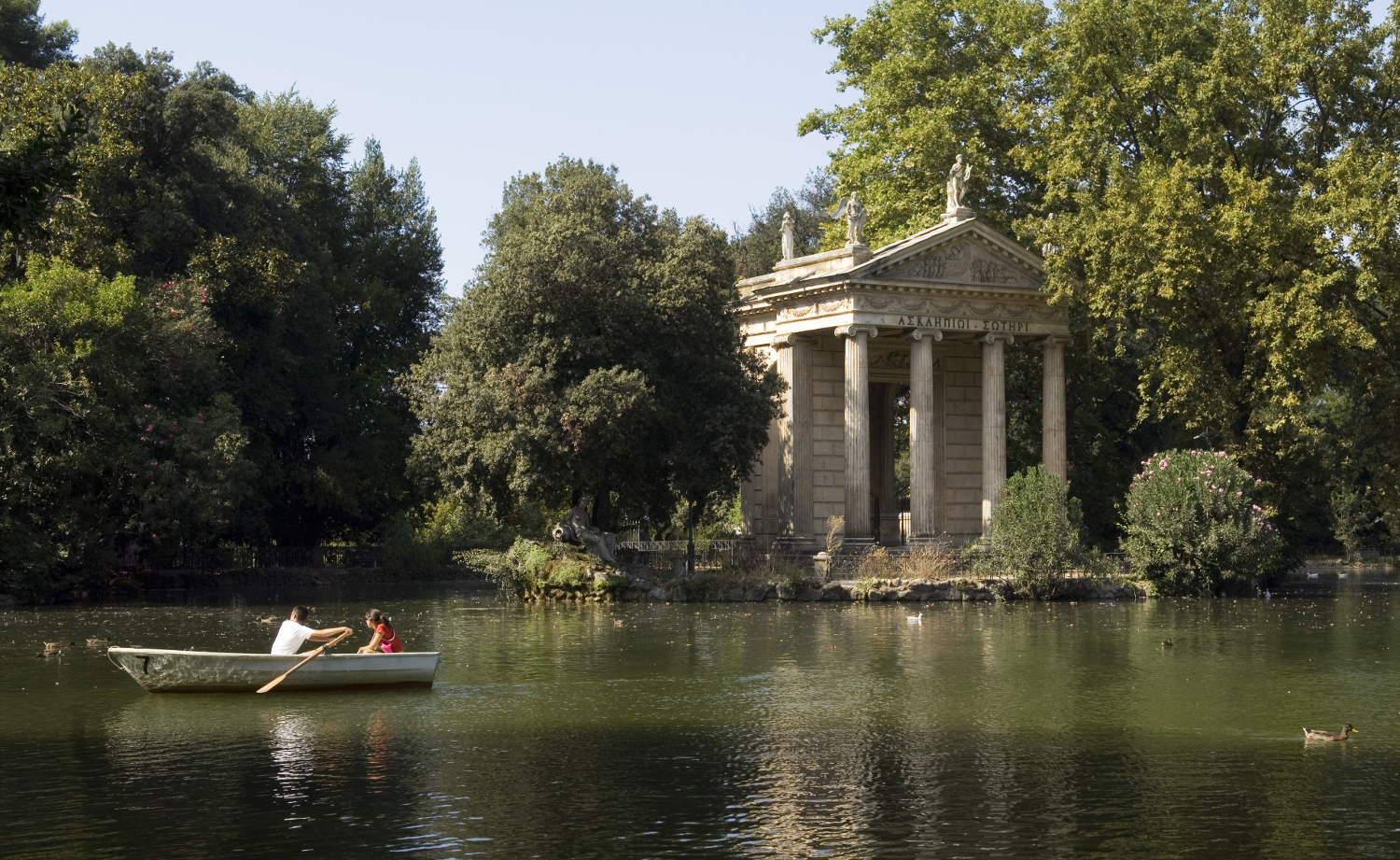
Rome’s many piazzas are great for youngsters, with plenty of space to wander. There are sculpted lions to clamber on at Piazza del Popolo, while toddlers and teenagers alike get a kick out of hanging out on the Spanish Steps, and checking out the lively hawkers and caricaturists on Piazza Navona. Campo de’ Fiori has a colourful market selling foodstuffs and souvenirs, and neighbouring Piazza Farnese is decorated by two colossal granite Roman bathtubs taken from the Terme di Caracalla.
The fountains of Rome are great, theatrical pit stops on your meanders around Rome’s bustling streets; dip your hands into or fill up your water bottle at the Barcaccia (the ‘sinking boat’) fountain on Piazza di Spagna, giggle at the boys playing with turtles on Fontana delle Tartarughe, and throw a coin in the Trevi Fountain to ensure a return trip to Rome.
Explora, Rome's only museum dedicated to children, is ideal for younger kids, giving them the chance to pretend to be grownups by pricing goods in a mini supermarket or counting notes in a bank. A thrilling experience for older kids, Palazzo Valentini is an underground archaeological site containing the remains of several lavish ancient Roman houses, where sound effects and vivid digital projections show what life would have been like 2000 years ago.
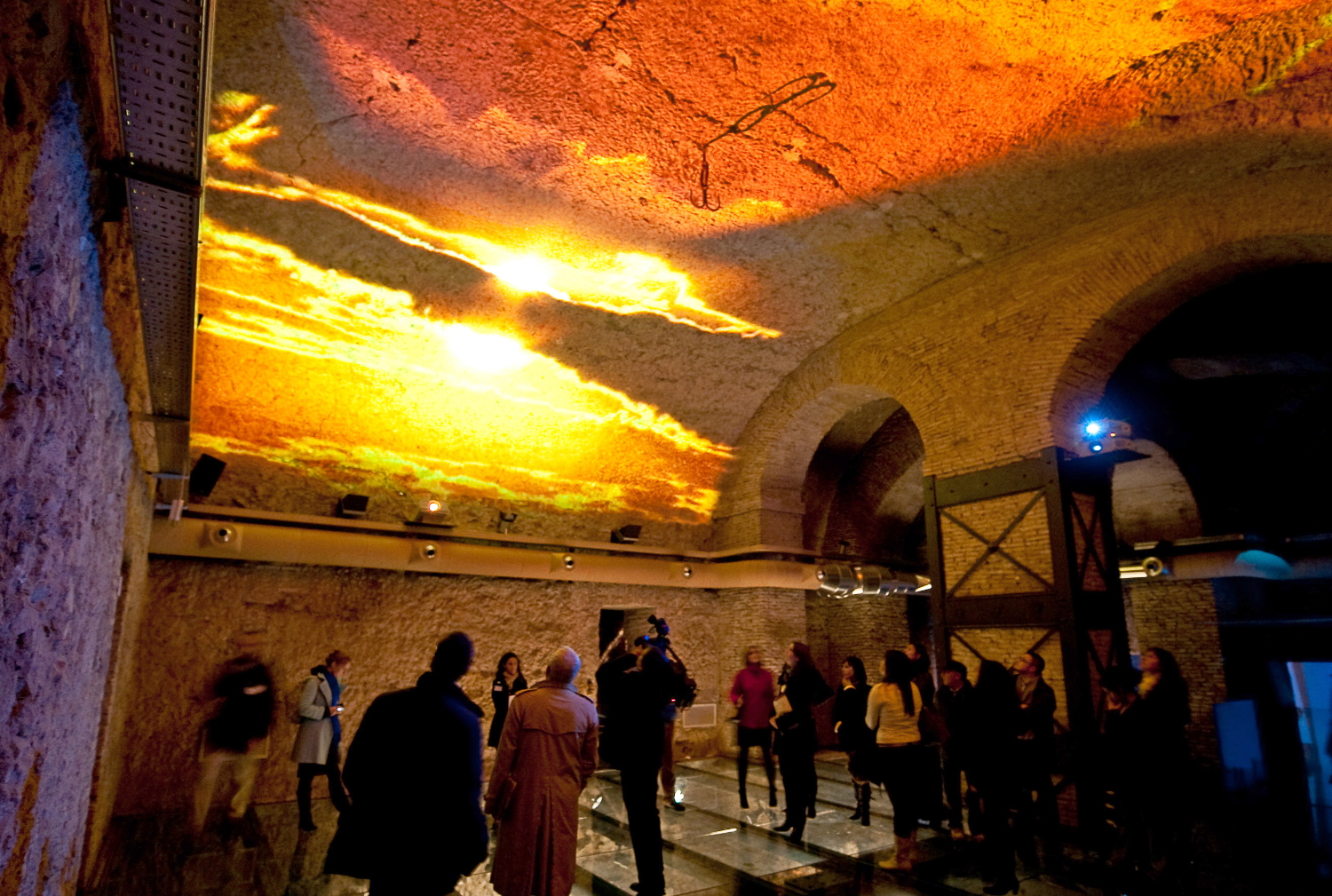
If you want to take your time to visit heavyweight museums such as Museo e Galleria Borghese and the Vatican Museums in peace, a babysitting agency such as Angels (angelsstaff.wordpress.com) can help. Alternatively, some guides offer family-friendly tours: try A Friend in Rome (afriendinrome.it), which offers specially tailored trips that incorporate games and gelato while visiting major sites and hidden corners of the capital.
A fun and exhilarating way to spend a sunny day is to take a trip to southern Rome to explore the ancient Roman road, the Via Appia Antica. Hire bikes to whizz along the cobbled road amid emerald-green countryside. Catacombs line the road, and their spooky tunnels are fascinating to explore, recommended for older children and teens.
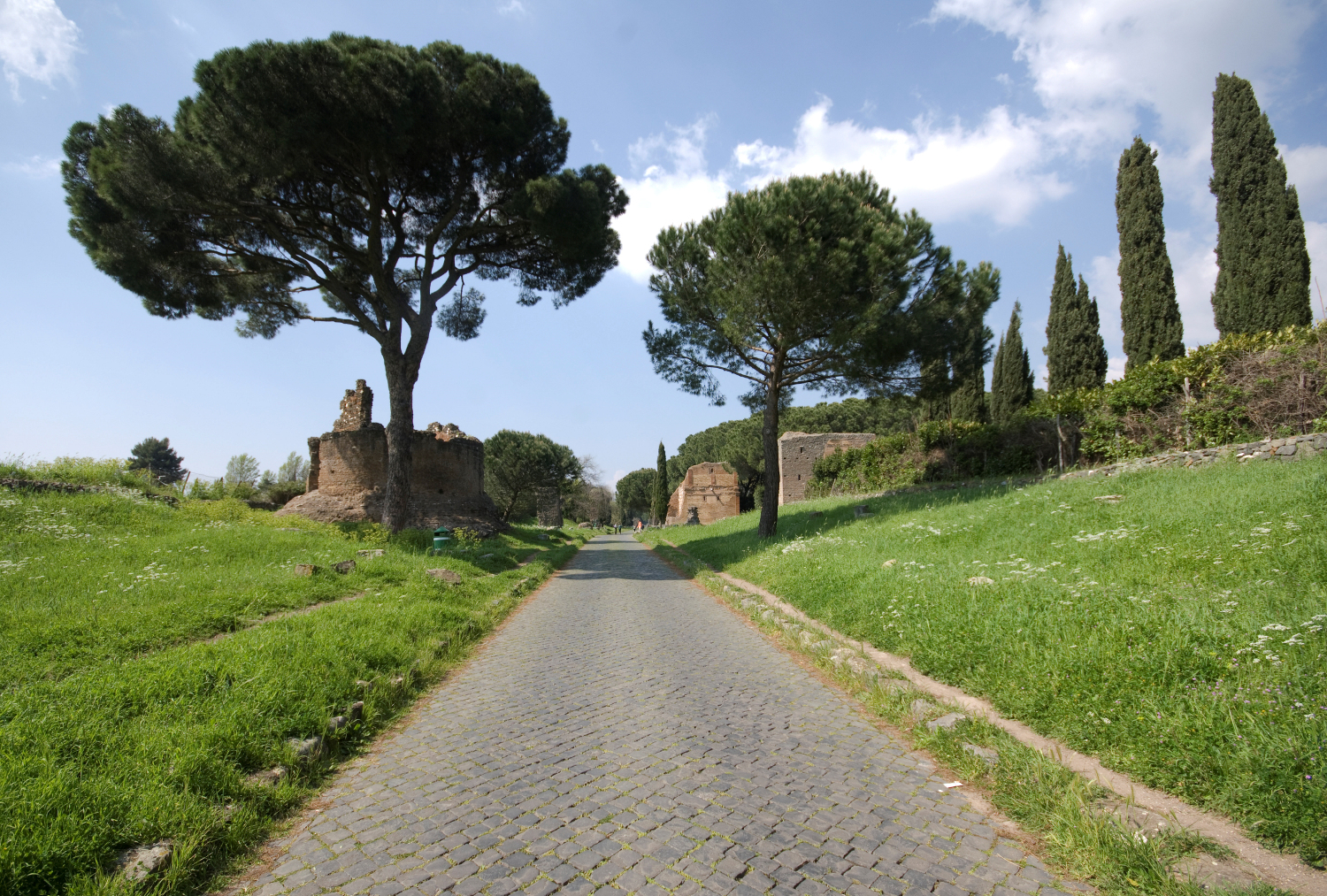
Getting outside Rome is great with kids. Lakes Bracciano and Albano, where you can swim, are a train ride (one hour 20 minutes) from central Rome.
Ostia Antica, a ruined Roman port, is a wonderful place to explore with plenty of room to roam and run, as is Emperor Hadrian’s Villa Adriana, with its vast still-standing walls and looking-glass lake. Villa d’Este, close to Villa Adriana in Tivoli, has more glorious gardens and musical fountains.
Surprisingly wonderful with children are the underground sites of the Necropoli di Banditaccia at Cerveteri and Necropoli di Monterozzi at Tarquinia, with their underground tombs – mysterious and fascinating places to explore.
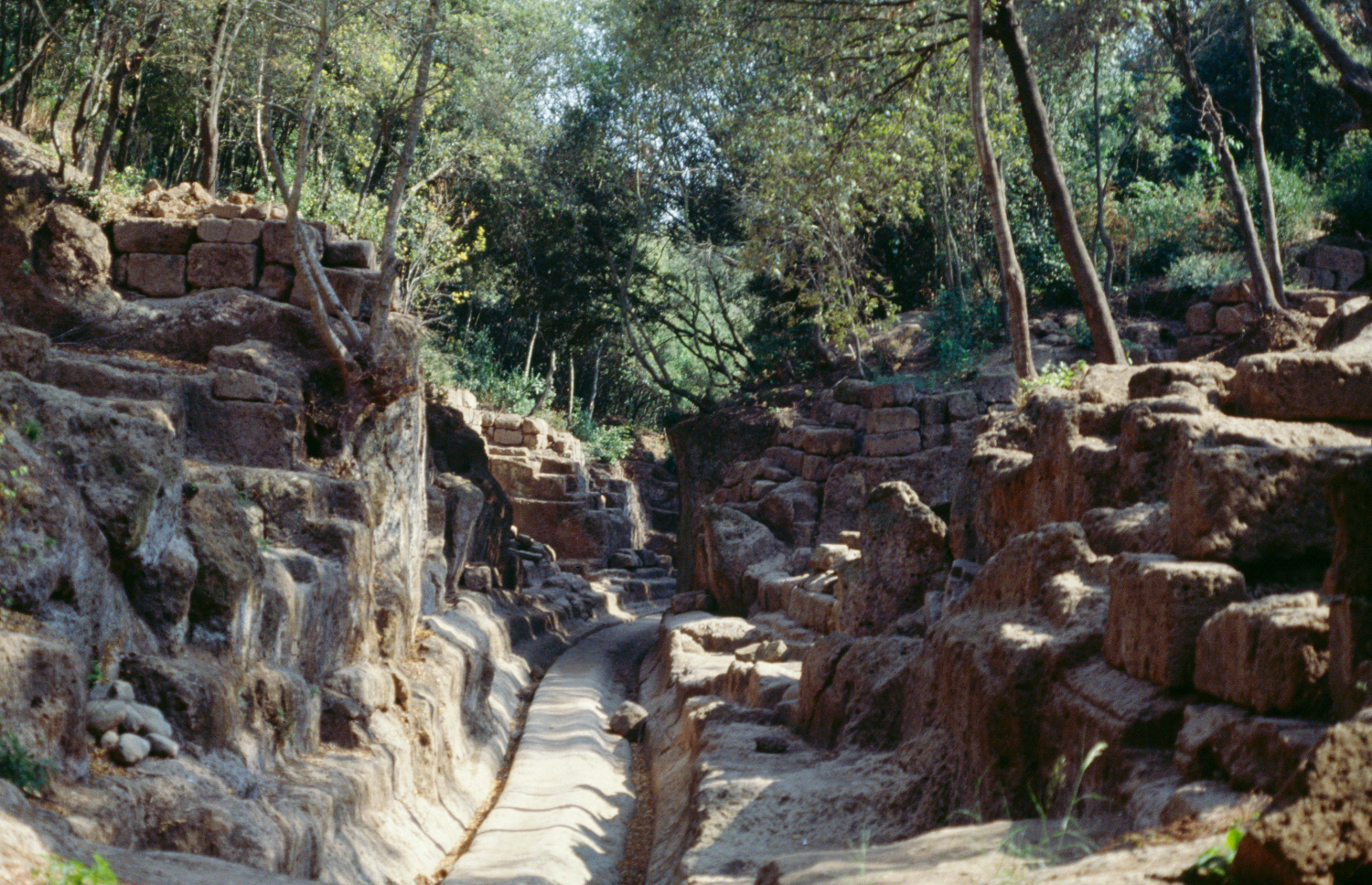
Children are made a fuss of in most restaurants in Rome. Unless it’s particularly foodie and upmarket, you’re likely to feel very comfortable dining out with kids. You won’t find many children’s menus, crayons handed out or facilities (such as baby changing, or even high chairs), but you’ll get a friendly and accommodating welcome. Try noisy, atmospheric places such as Da Augusto, Cacio e Pepe and Antica Enoteca.
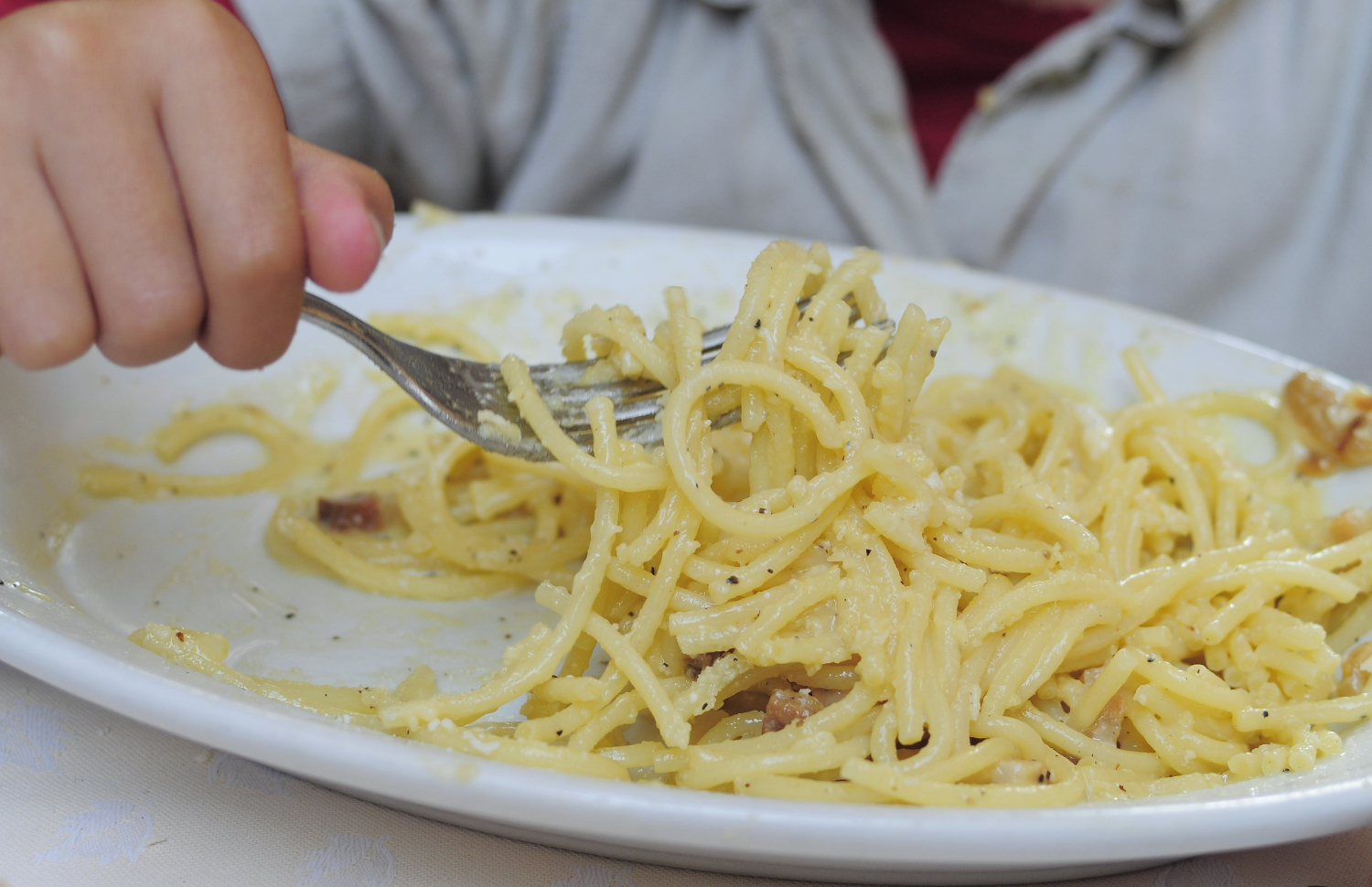
Pizzas and pasta make it easy to feed the fussiest eater, and you can ask for a starter or half portion. Pizza is the classic easy family meal when locals can’t be bothered to cook, so you’ll always find pizzerias to be great choices – fast, fun and noisy. Some of the best include Da Remo, Pizzeria Ivo and Pizzeria la Montecarlo. Pizza by the slice also makes for excellent sightseeing fuel; try Pizzarium, Forno di Campo de’ Fiori and Forno Roscioli.
It’s usually preferable to stay in an apartment with children as you’ll get more space and you can eat in when you feel like it, which can be more relaxing (and cheaper) than going out. Good sites to try are Airbnb (airbnb.it), Romeloft (romeloft.com) and Bed & Breakfast Italia (bnbitalia.it). Many hotels are very accommodating of family needs, and many have family rooms, such as at Welrome or Papa Germano.
It’s best to find a place in the historic centre, so you avoid too much to-ing and fro-ing on transportation – areas around Piazza Navona, Campo de’ Fiori, Tridente, Monti or the Vatican are all ideal, within easy walking or a quick metro hop of the major sights.
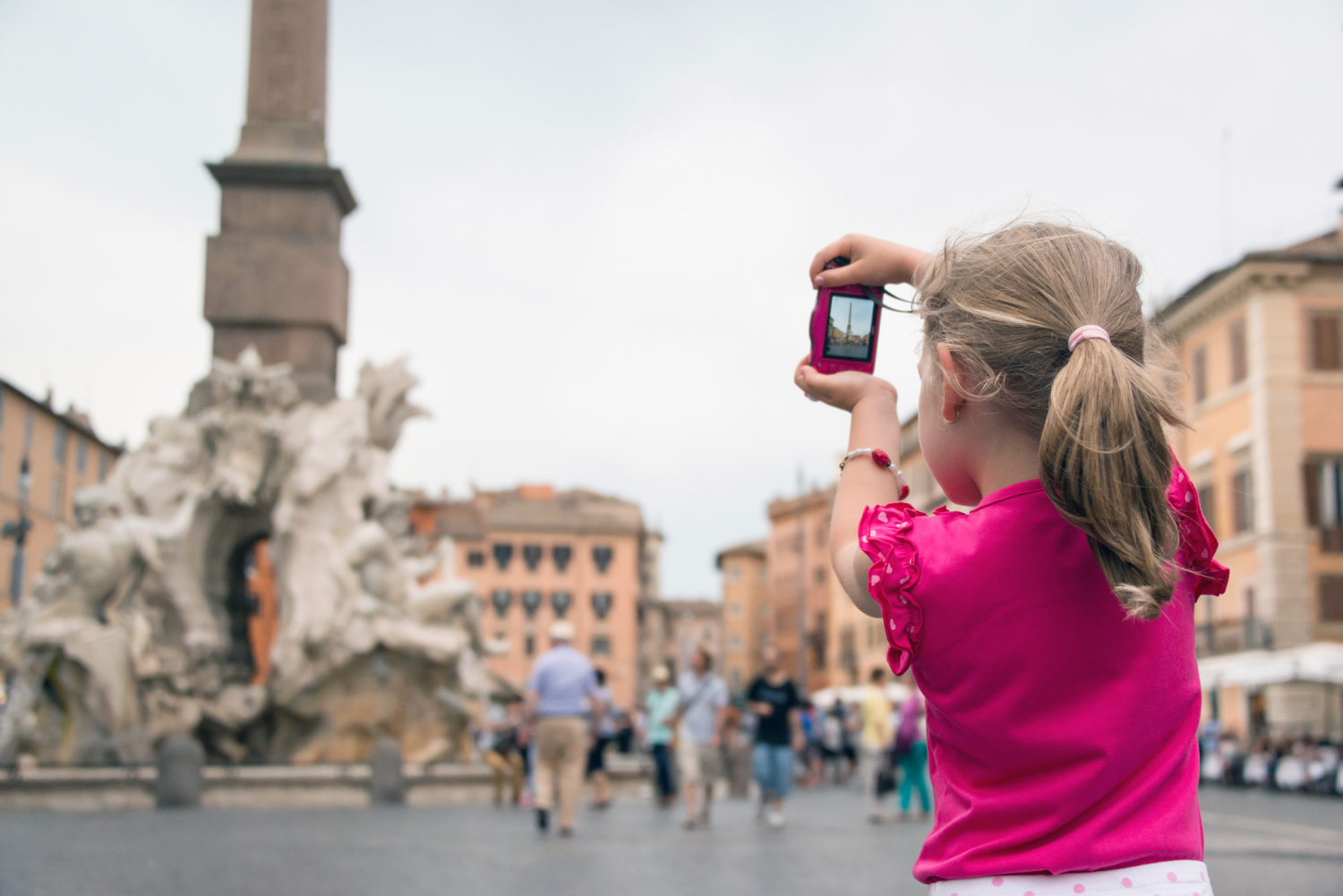
Rome’s cobbled streets, with cars parked in every available space and narrow pavements, mean it's not ideal stroller territory. However, it’s not impossible to use a pushchair, and they’re permitted on buses, so a small lightweight version is the best option.
The centre is largely walkable, with the occasional bus ride to save your legs. Buses are great when they’re empty, but can get really busy in the rush hours (9-10am & 5-7pm).